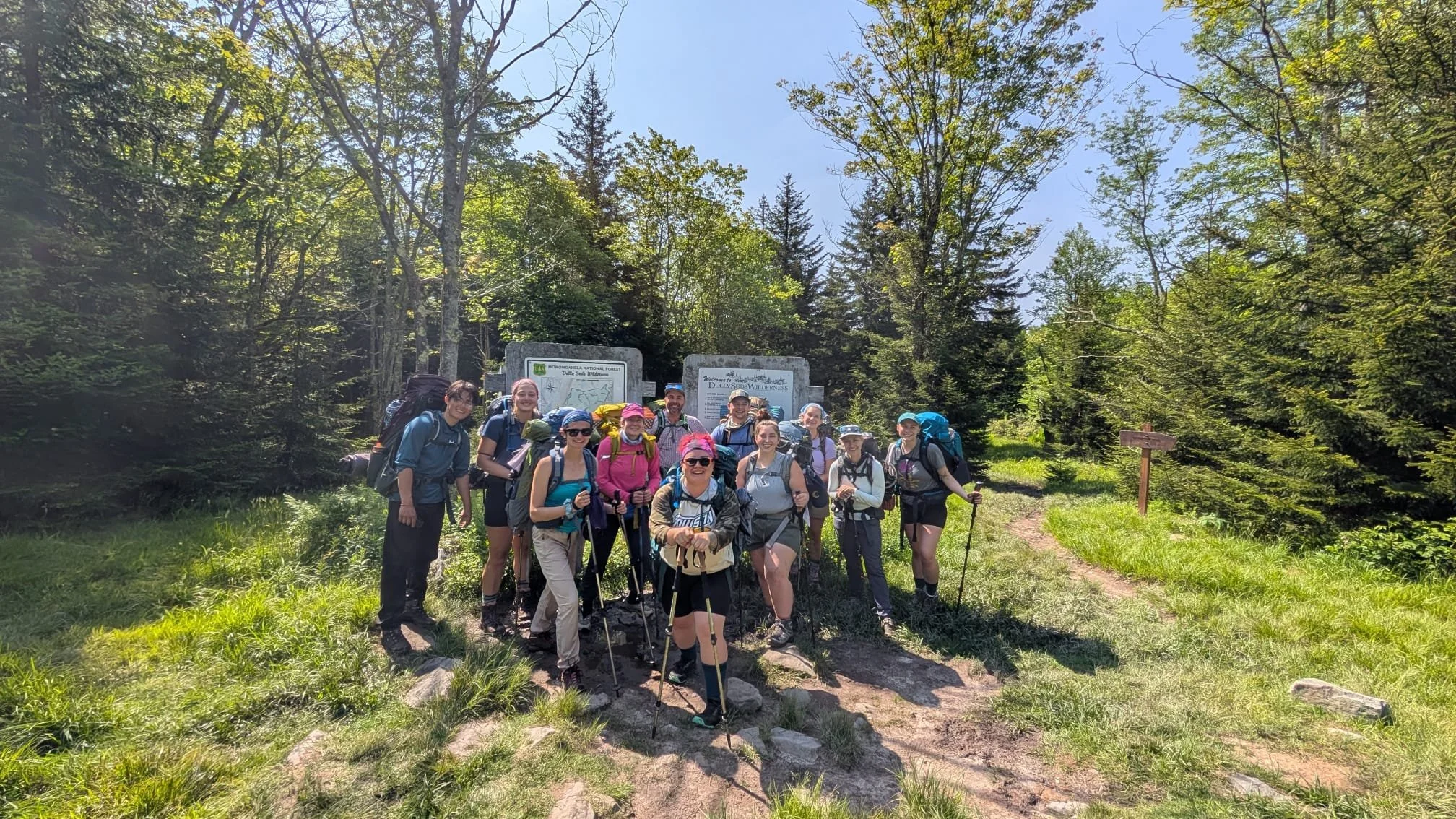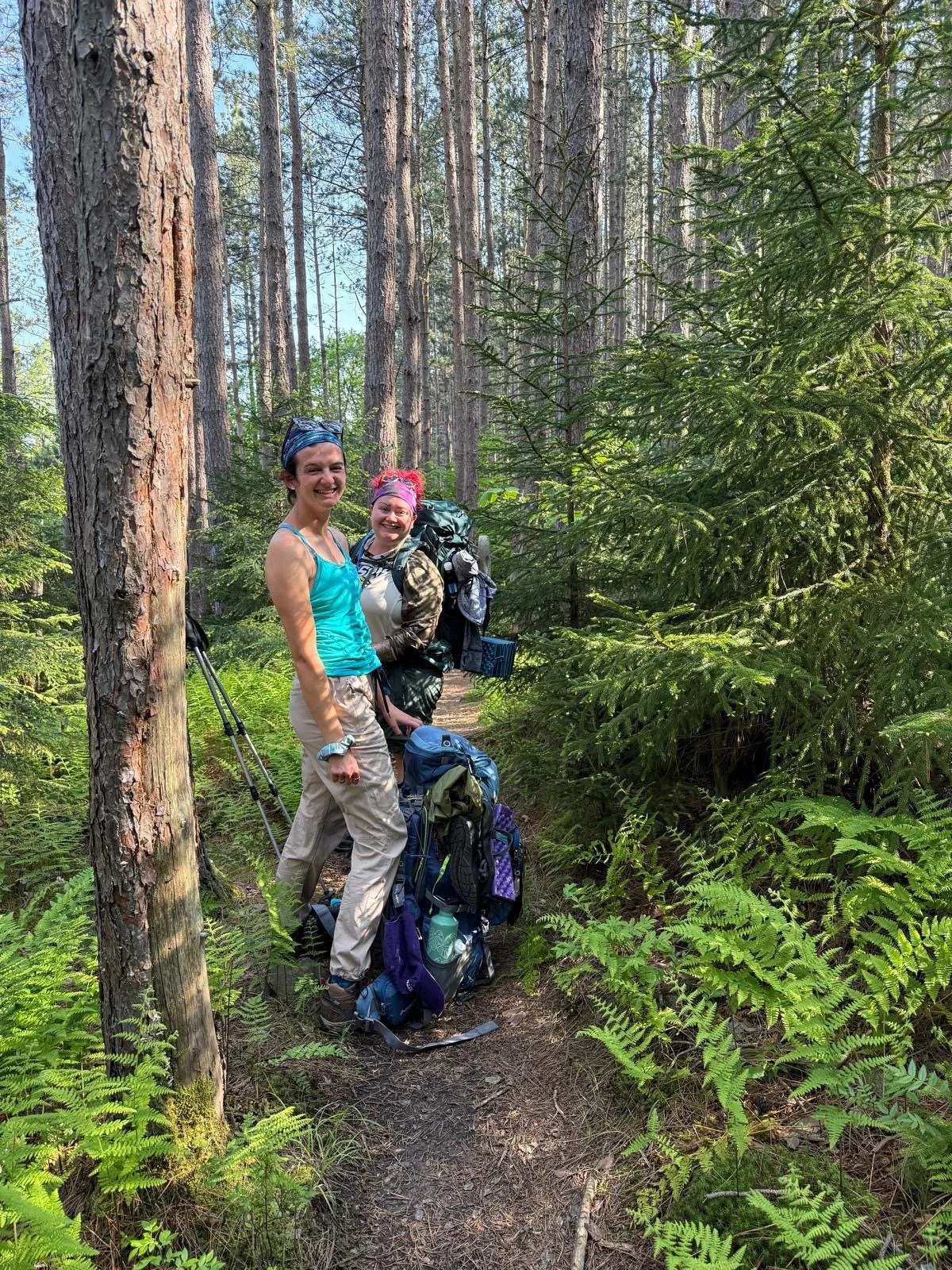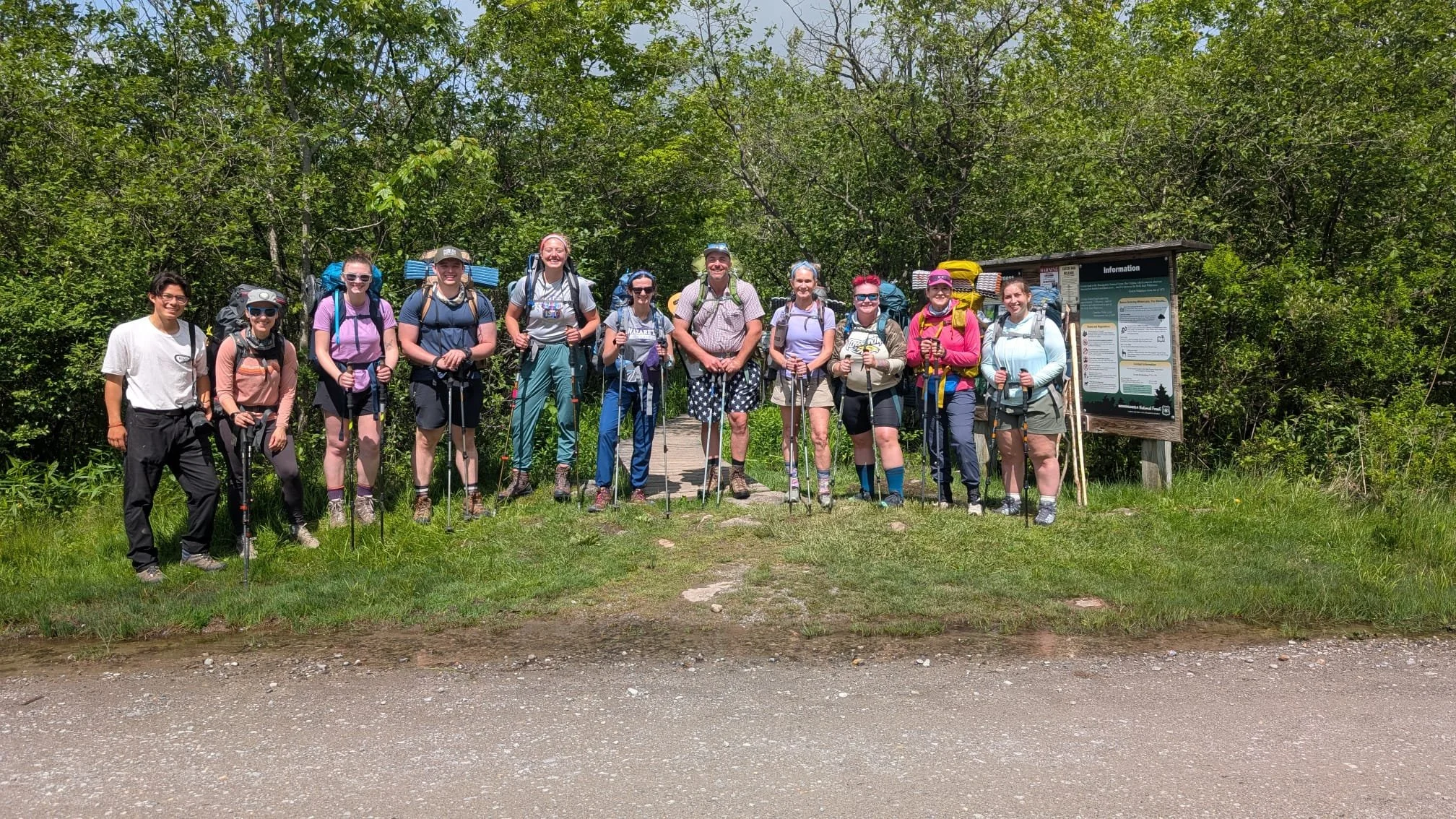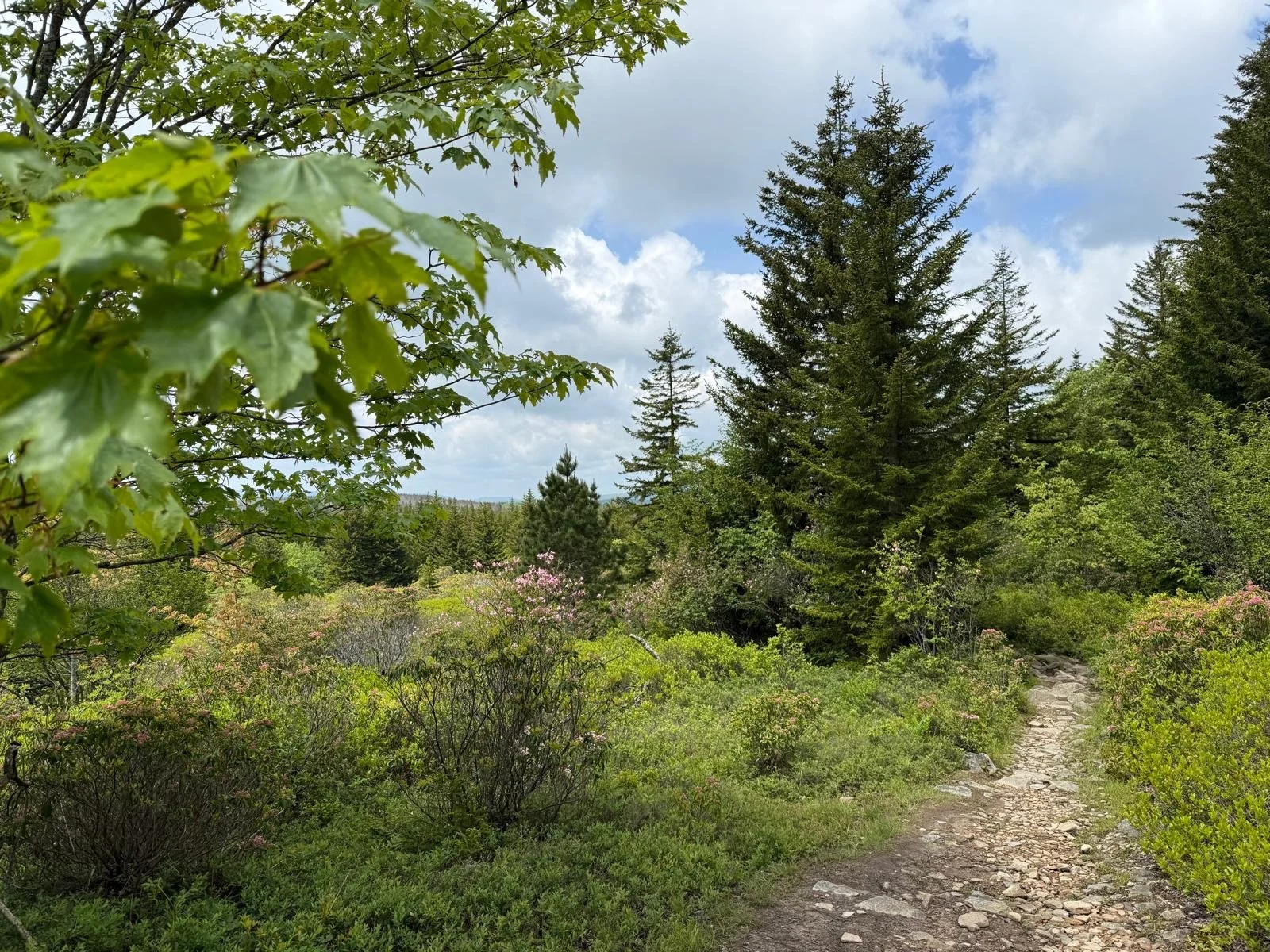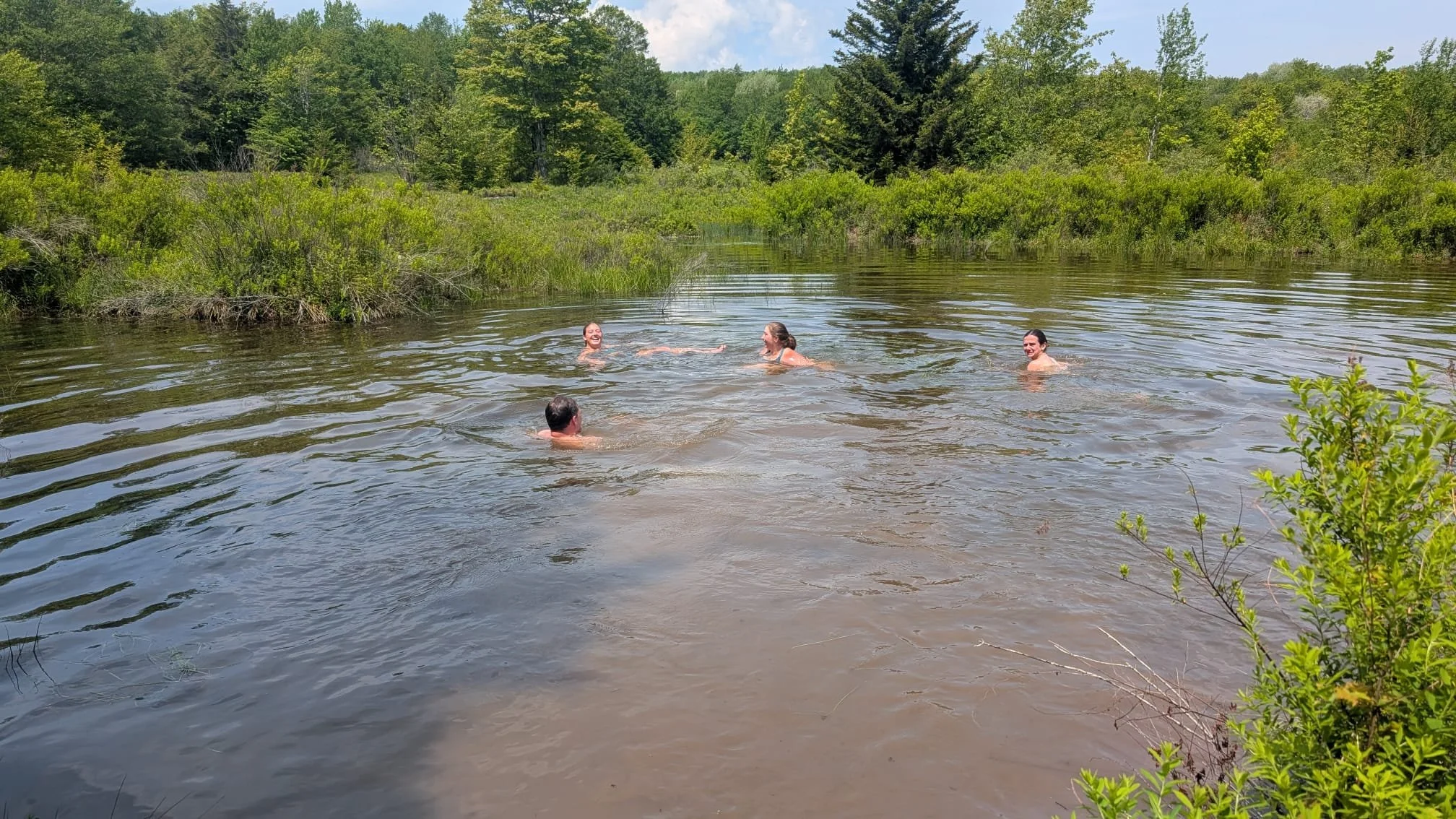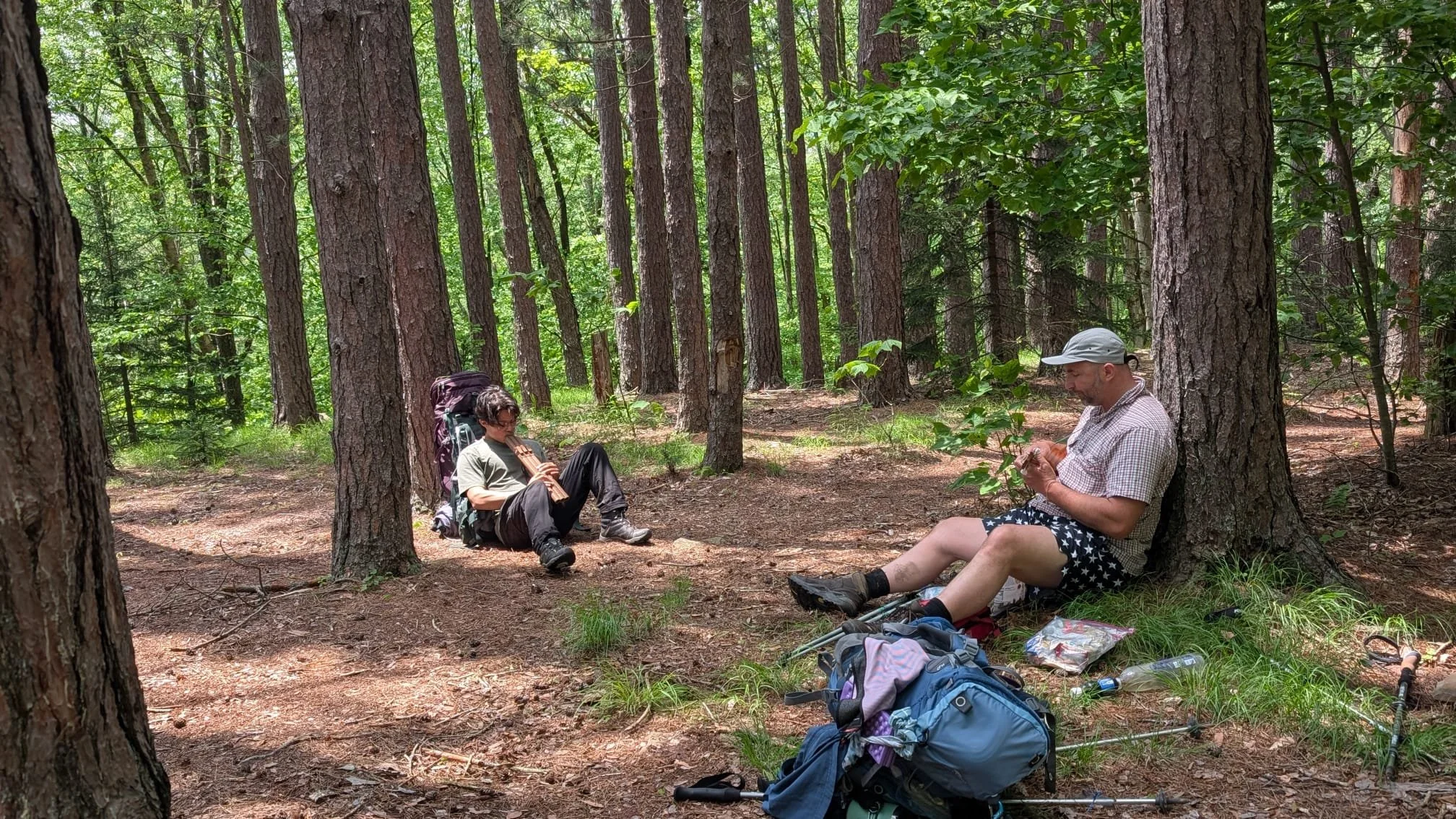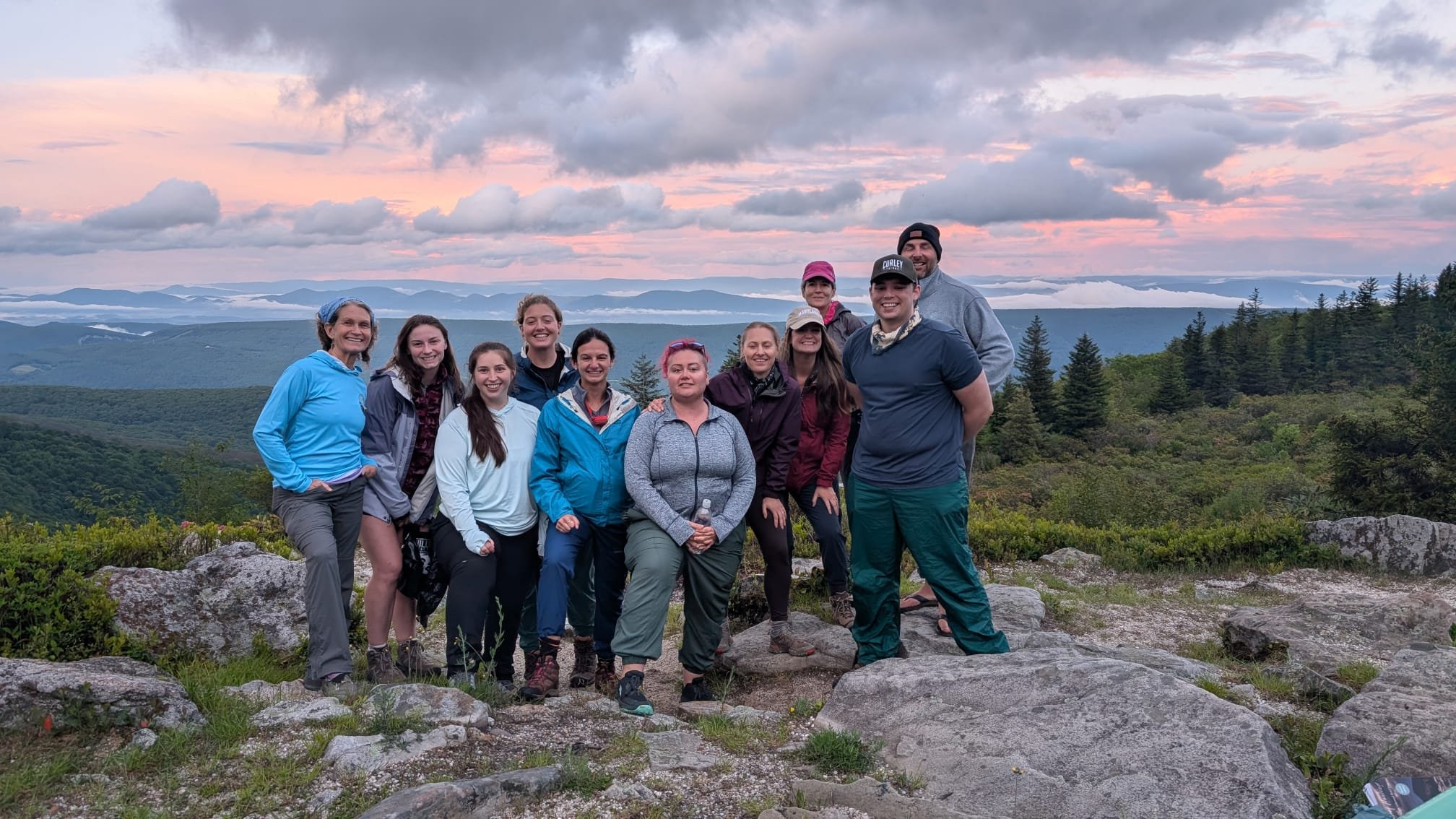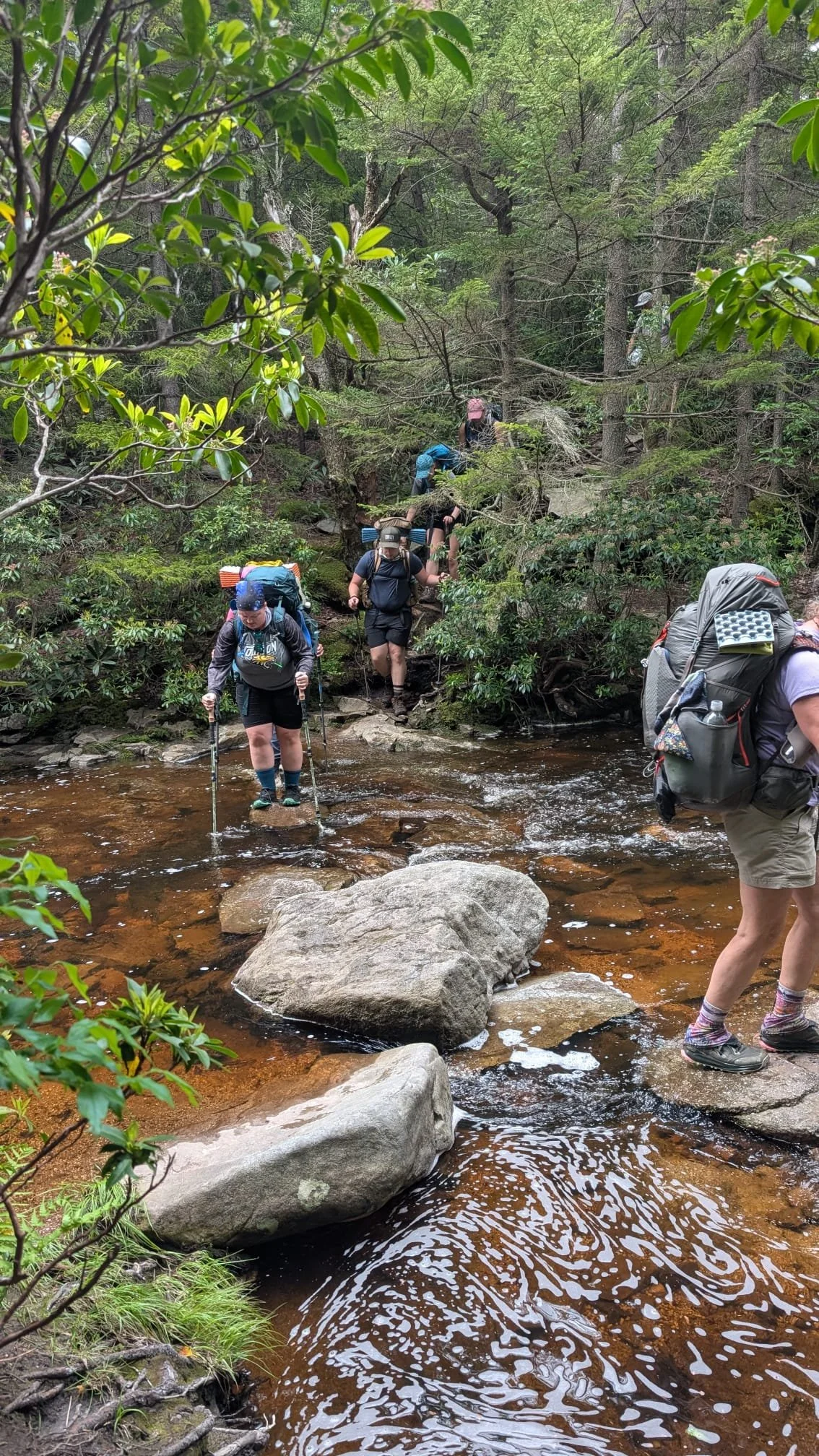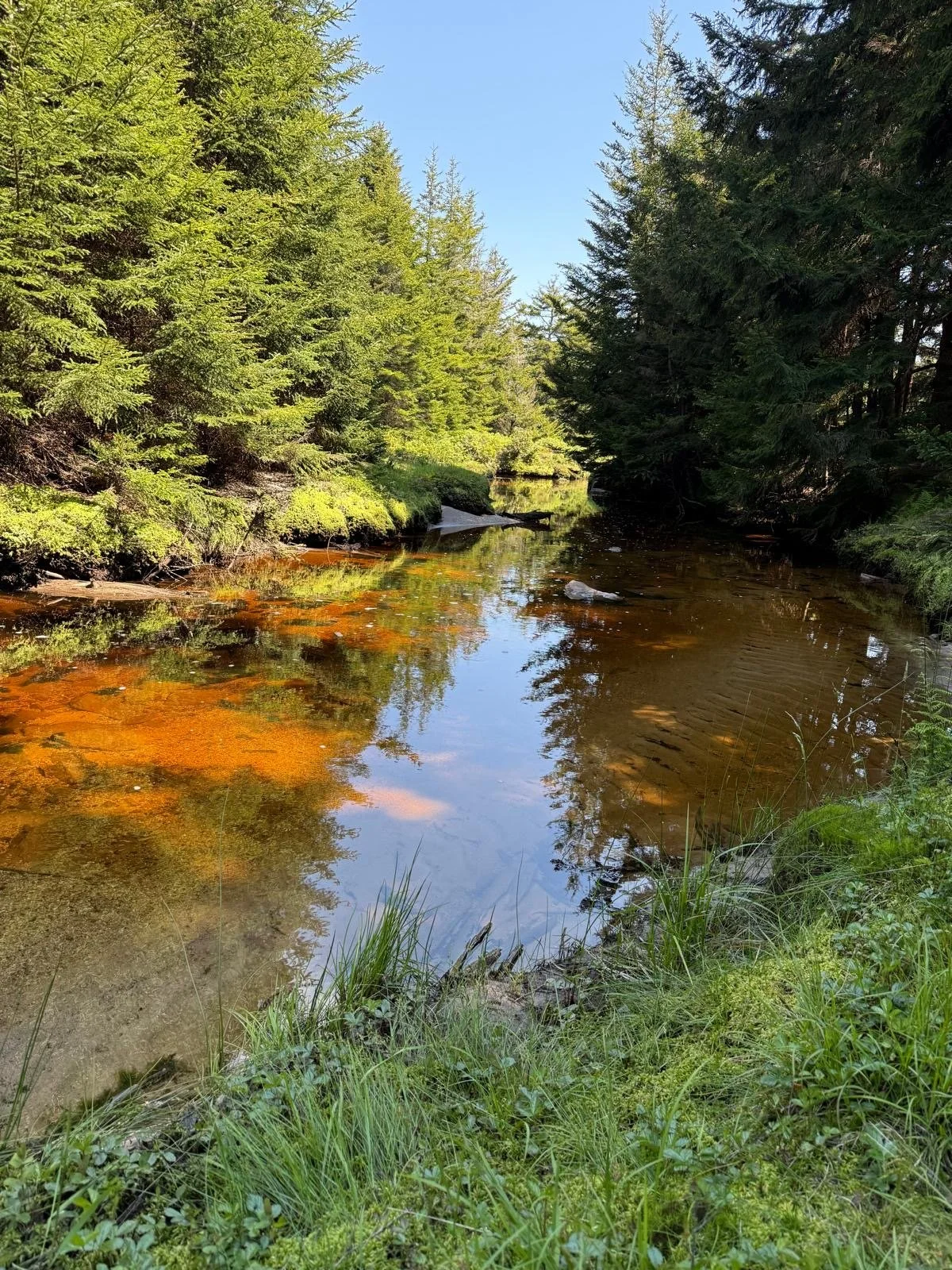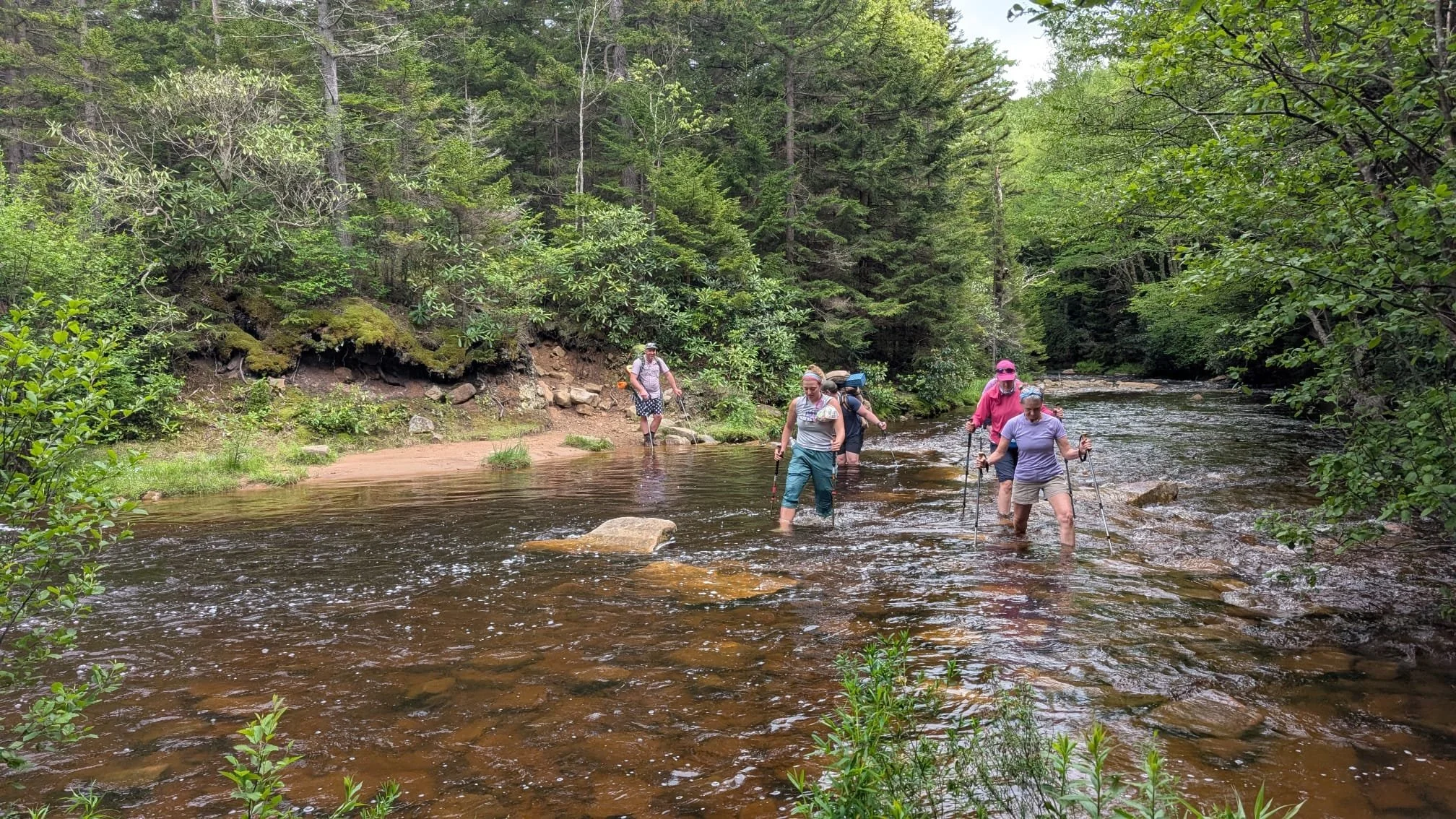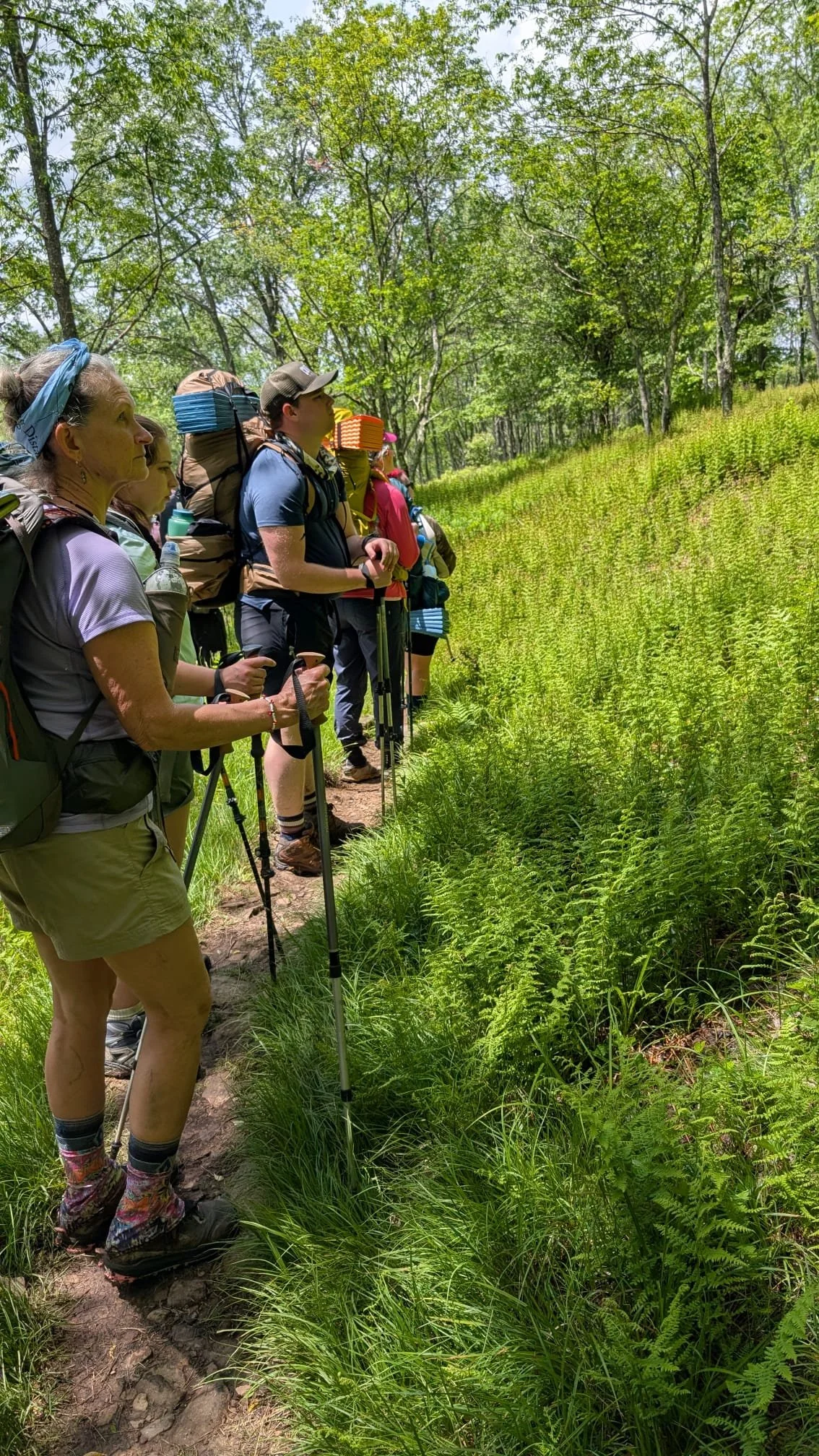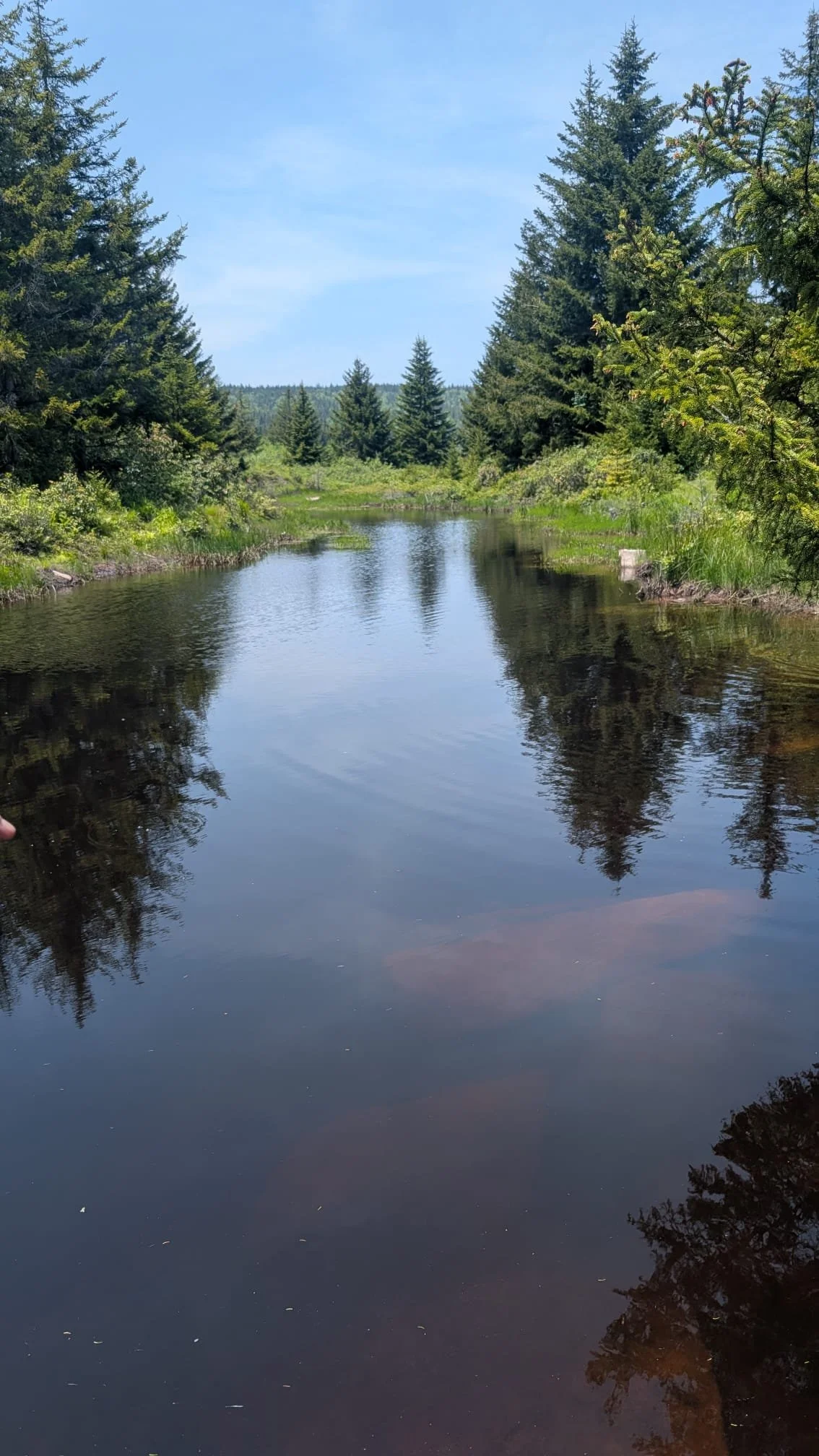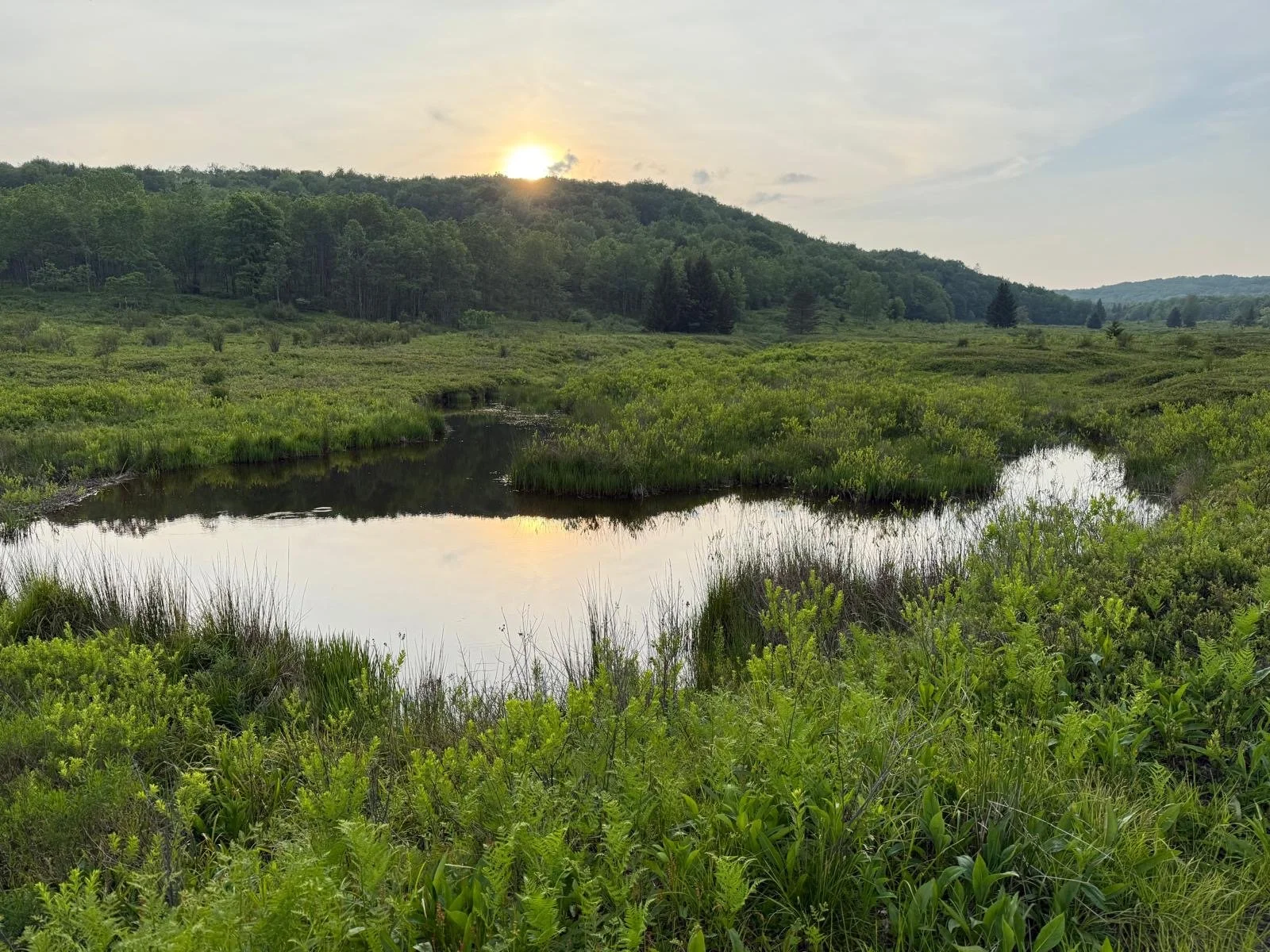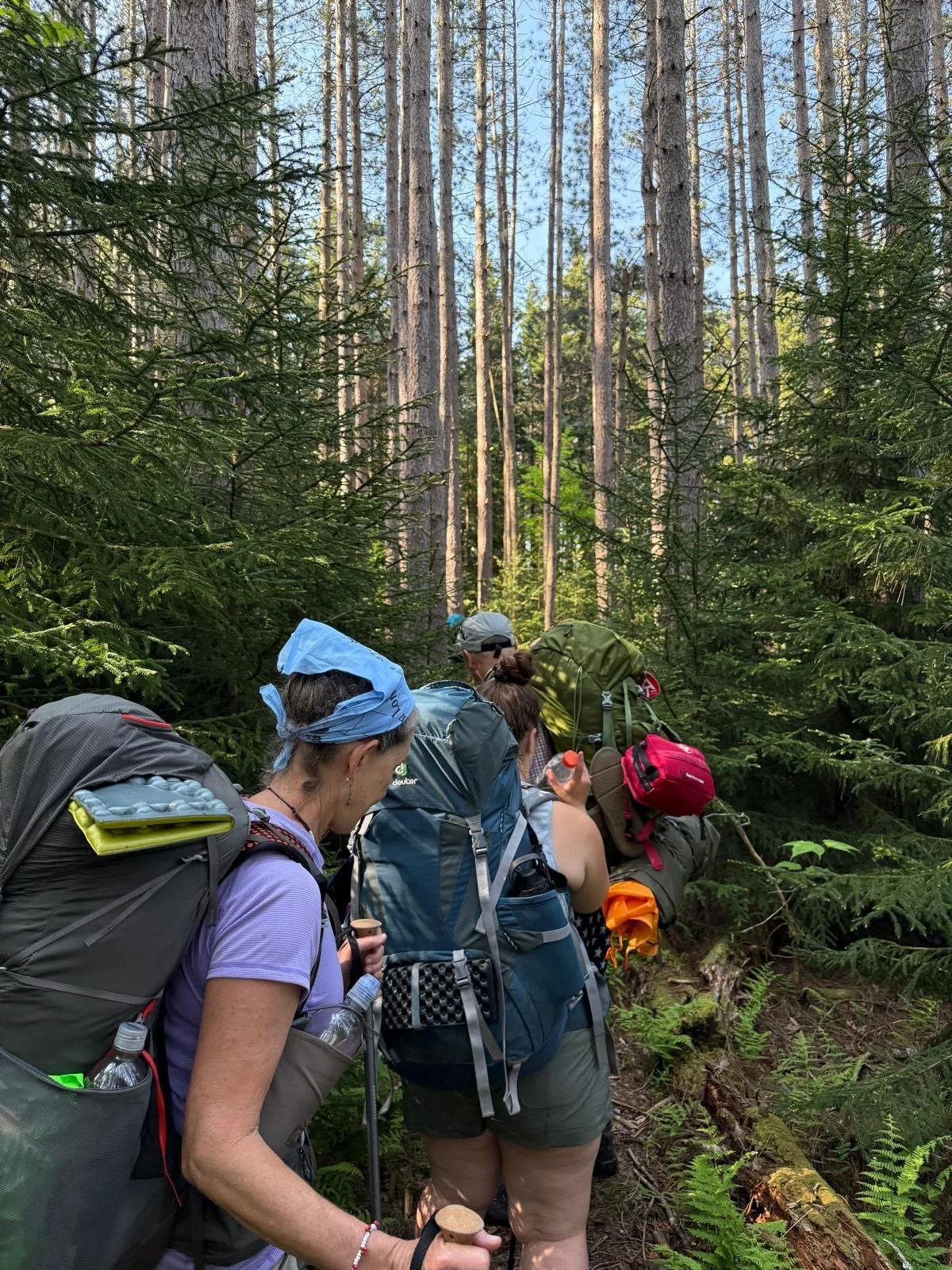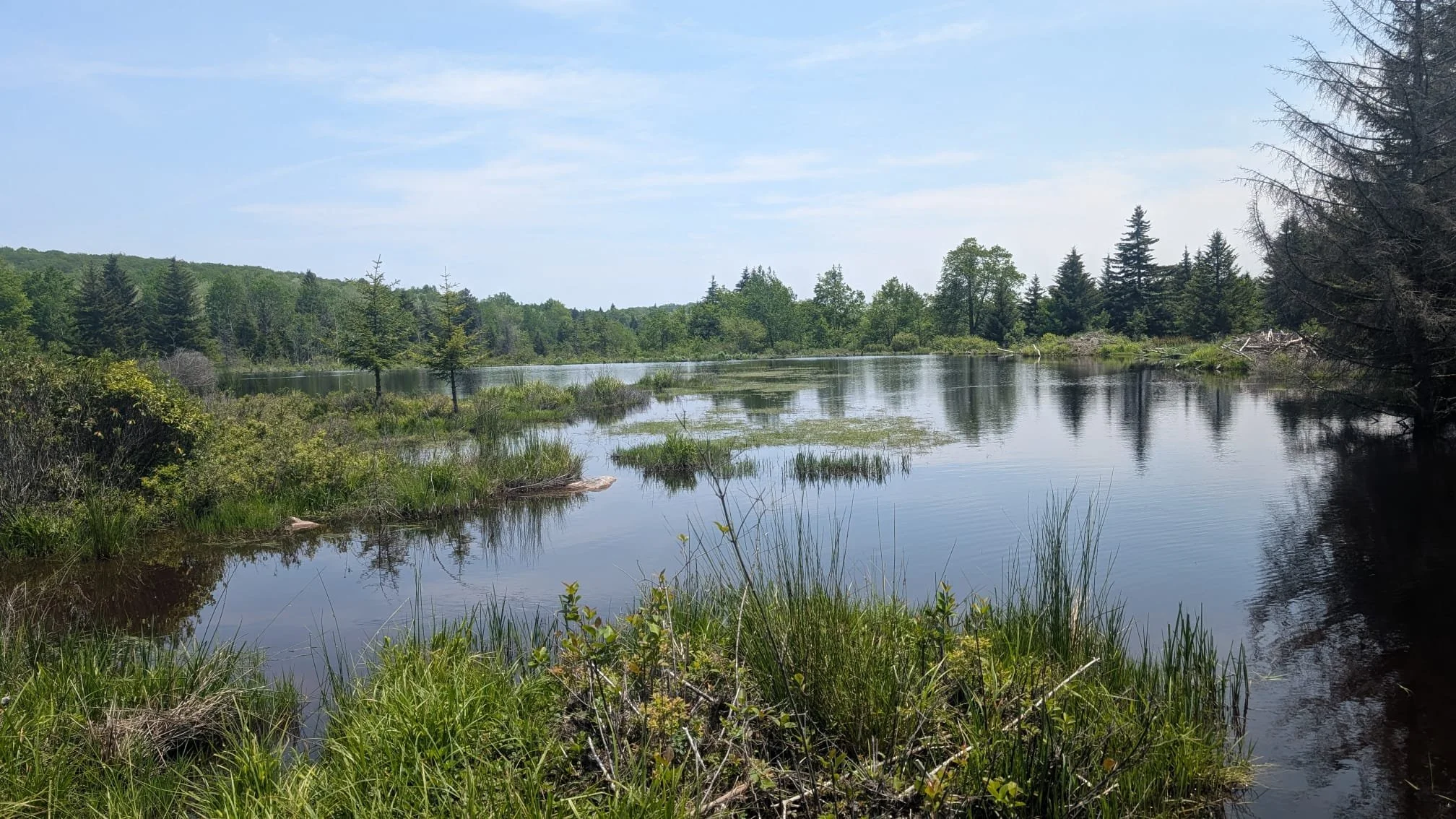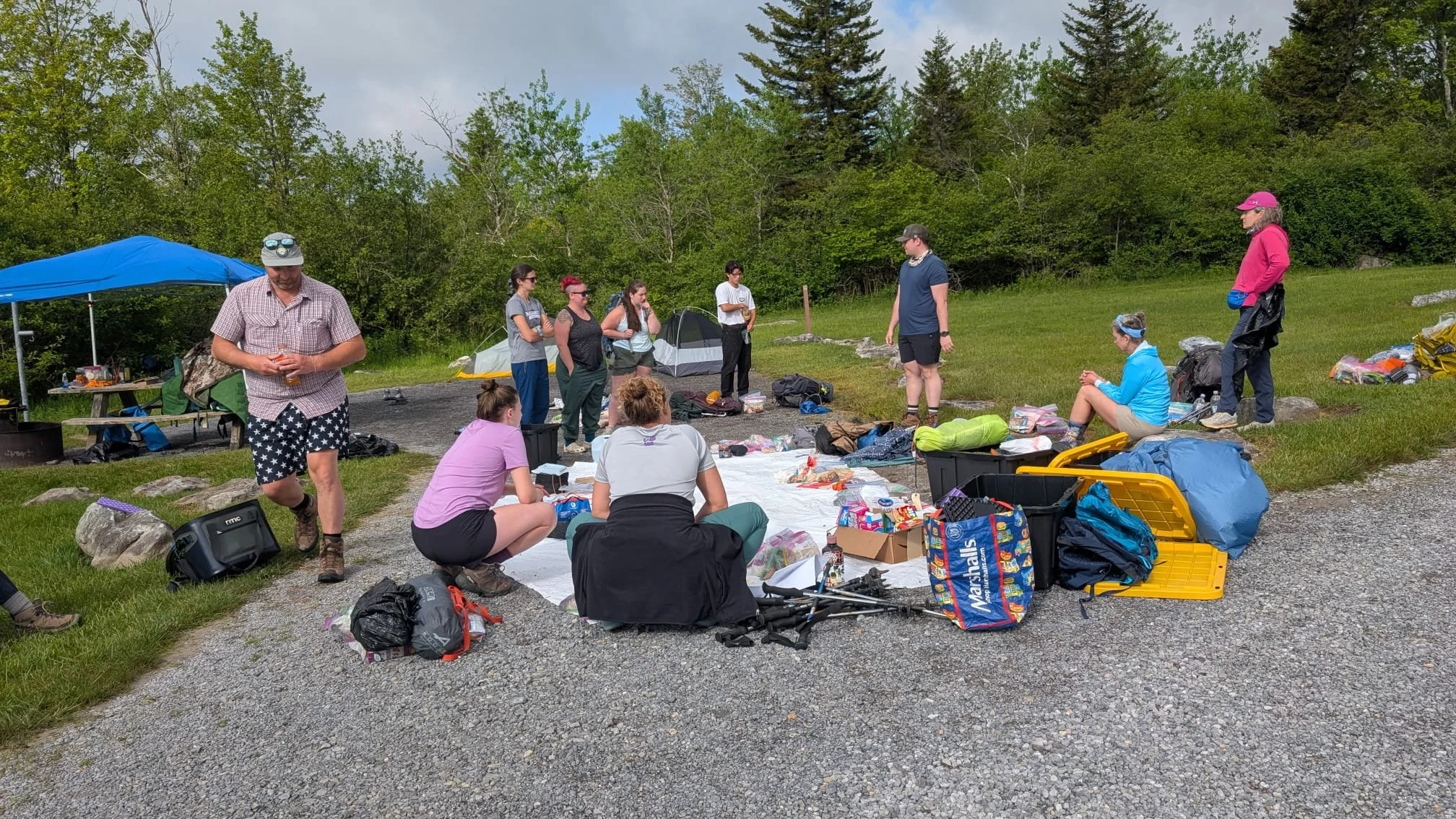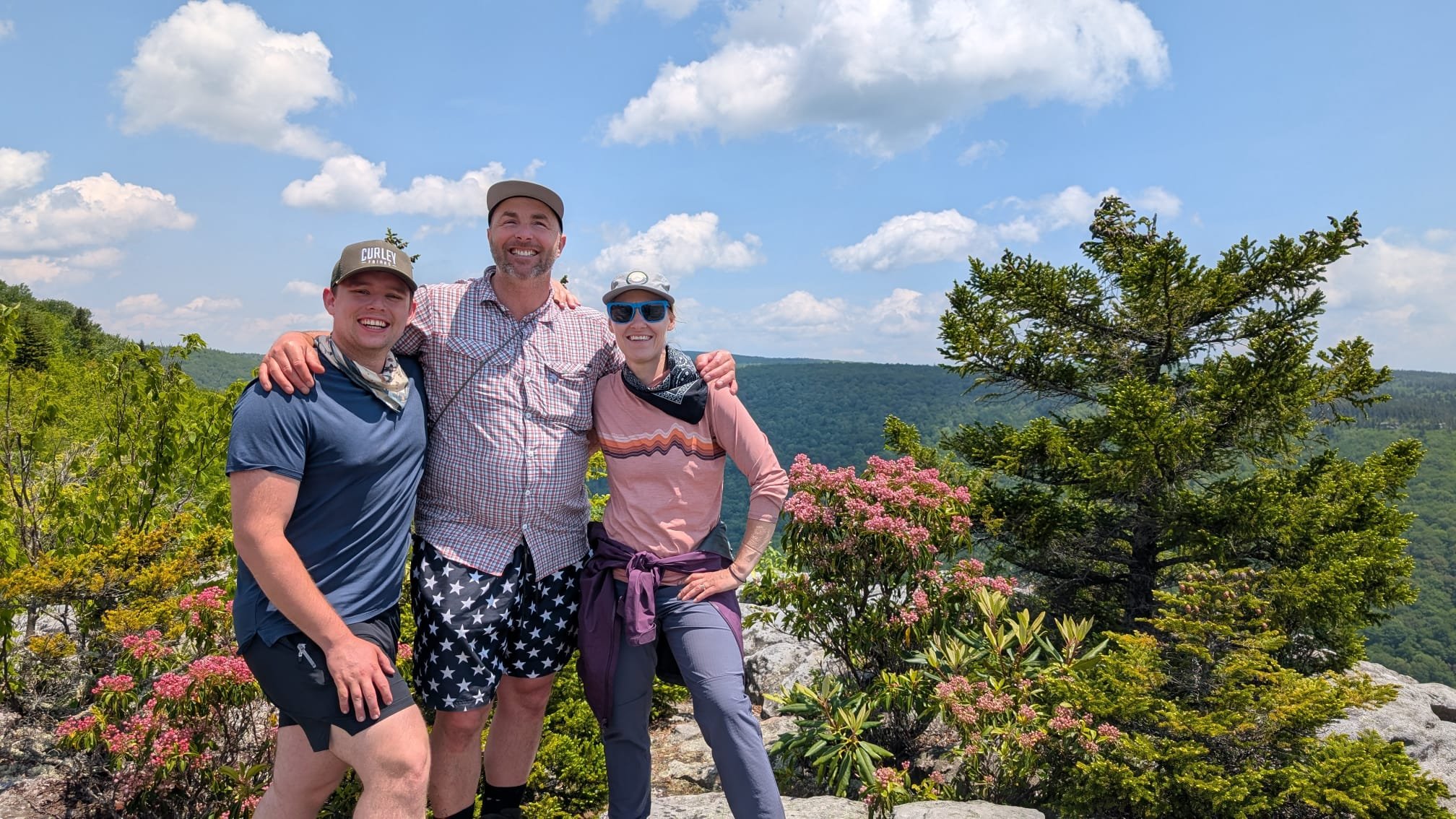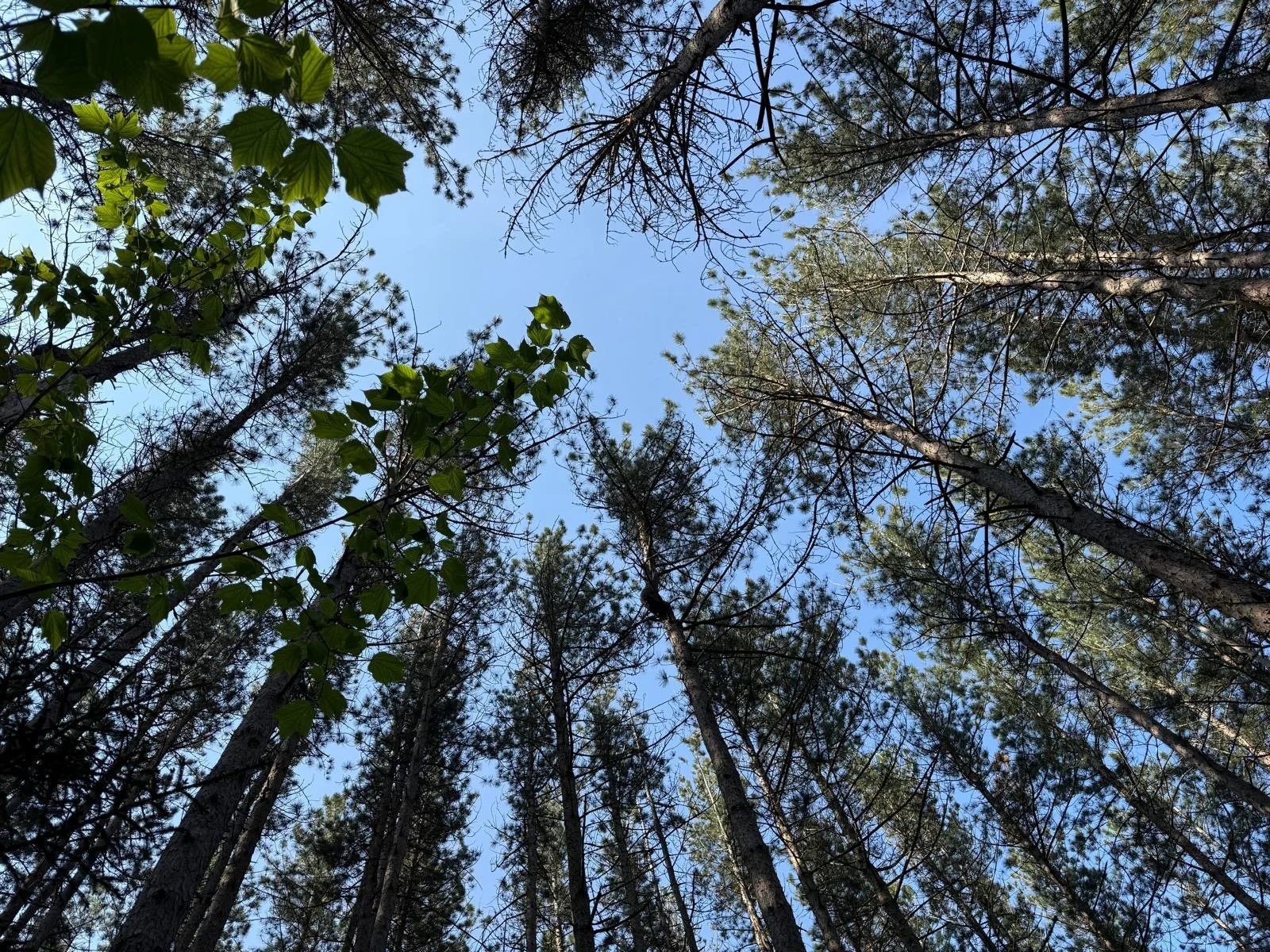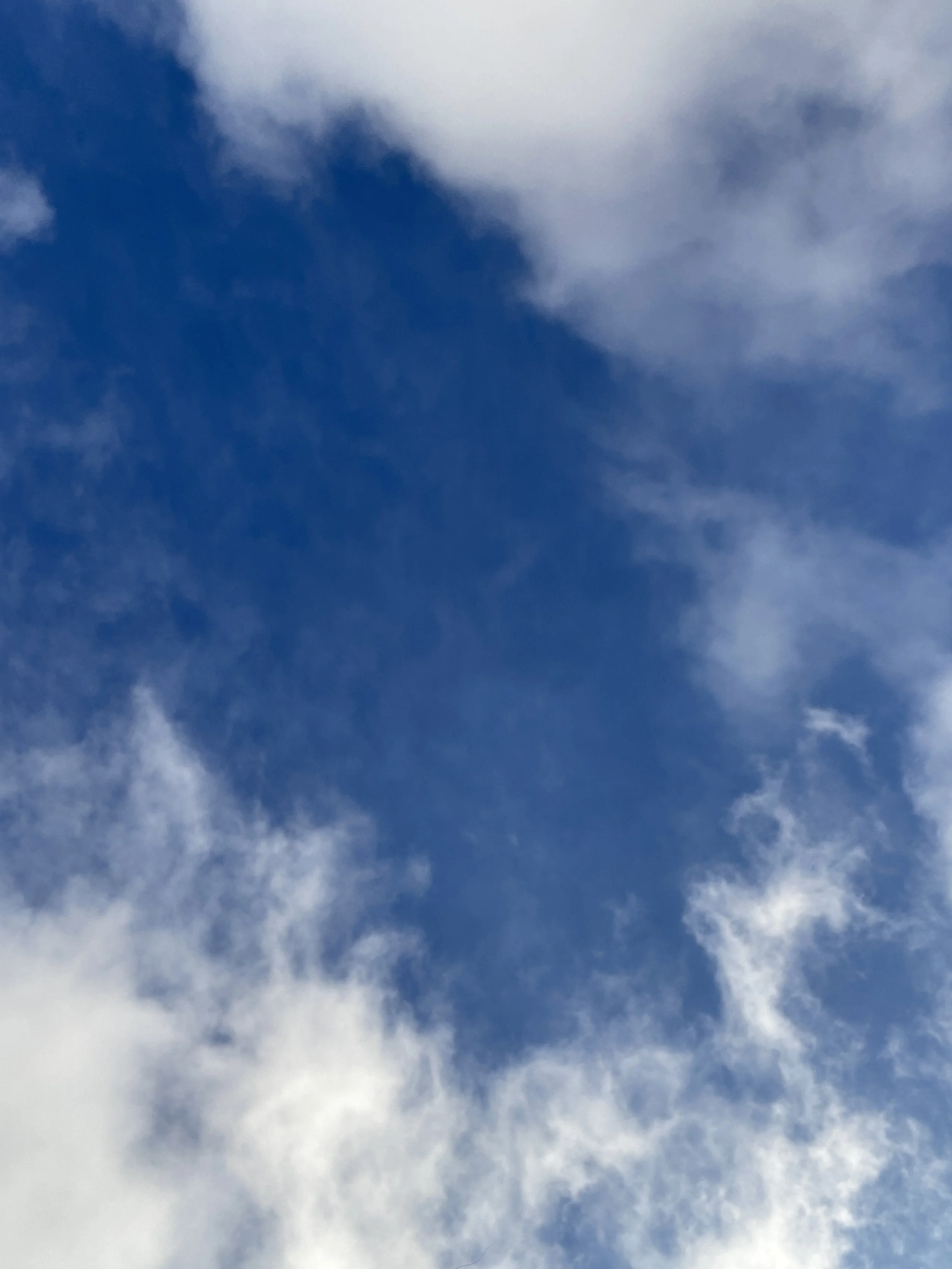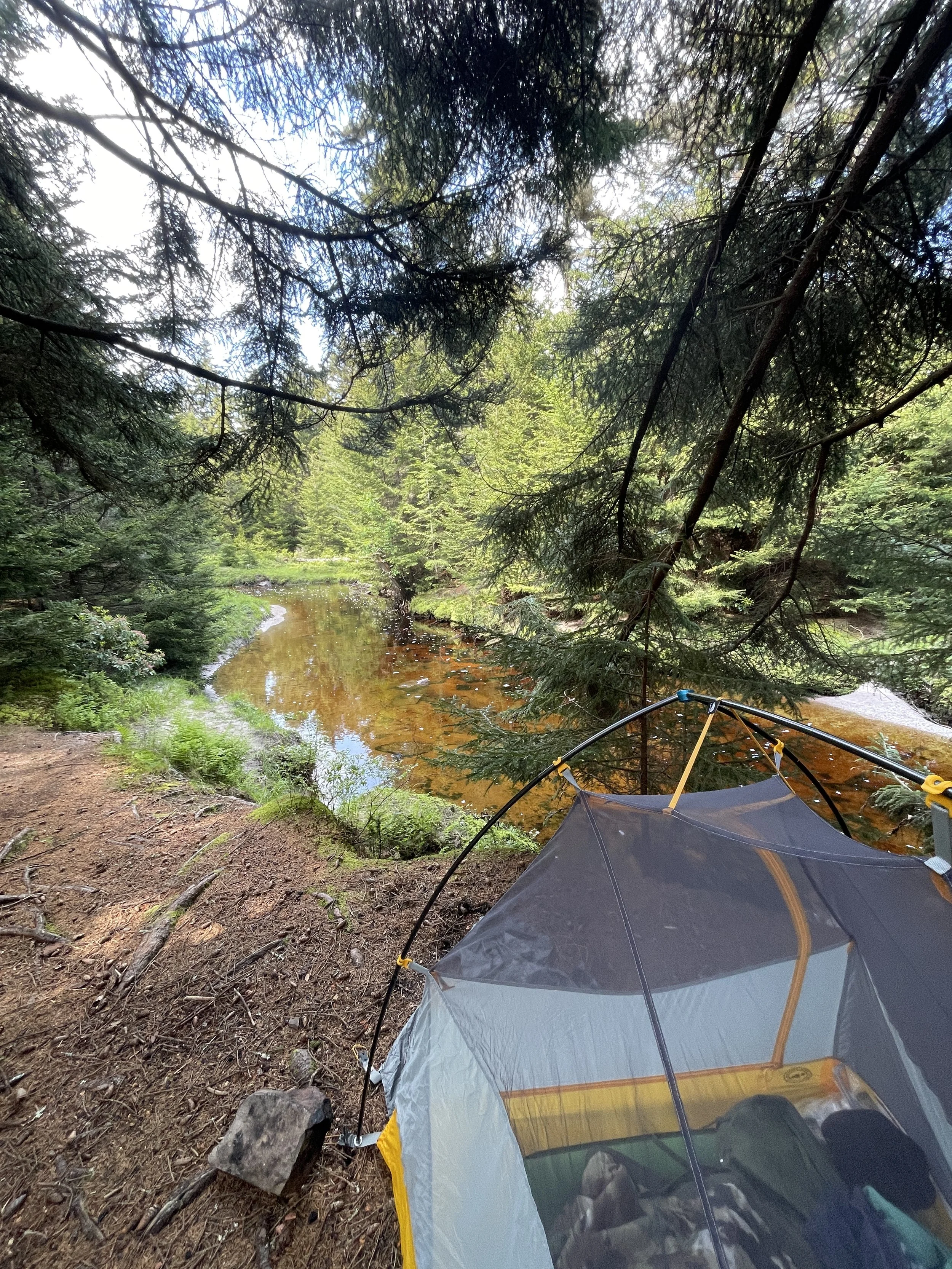I Can Still Do Hard Things: Lessons from the Wilderness
I came into this year feeling the weight of two milestones: turning 40 and approaching ten years without my son, Harvey, who died at age 4.
To honor this important year in my life, I wanted to challenge myself. I wanted to honor my grief, but also honor my growth. I wanted to show myself that even though I have challenges to come, none of them are impossible. I’ve already experienced every parent's worst nightmare, so what is the worst that could happen should I embark on a growth journey?
My call to the universe was answered by The Center for Nature Informed Therapy.
I’ve been a Certified Nature Informed Therapist for just over two years. I learned about being “nature certified” through a hiking group offered by a frolleague (friend + colleague). She was among one of the earliest graduates of the 3-day intensive training and three month mentoring program to become a Certified Nature Informed Therapist. I thought to myself, “I could do that…no, I WANT to do that.”
So, I did.
When I tell you that the nature informed therapy certification training is like no other, I mean it.
For those of us whose jobs require us to maintain a state, national or professional license, we are required to participate in continuing education. The courses, workshops and seminars are mostly ours to choose. The amount (or hours) we have to complete per year (or certification cycle) vary based on the license (ie, Licensed Clinical Professional Counselor vs. Social Worker vs. Psychologist vs. Marriage and Family Therapist).
The purpose of continuing education is to help professionals stay current, competent, and ethical in their field by updating their knowledge and skills. It’s about more than just maintaining a license—it’s a commitment to lifelong learning and growth.
In helping fields like counseling, continuing education also prevents stagnation—keeping professionals curious, competent, and compassionate in their work with others.
Unsurprisingly, not all continuing education is created equal.
The 3-day intensive training developed and facilitated by the Center for Nature Informed Therapy is an immersive training that fought hard to offer 19.5 CEUs. Participants are called out into the woods for three full days of learning and living in nature.
Some participants even tent camp while at the training (though cabins are also available).
I say the training is like no other for many reasons; the main one being that the content feels like HOME. The nature informed training is not just something I USE, but something I feel in my SOUL.
I know, I know–I’m being dramatic, right?
I like to tell people this: if you’ve been to a mandated training you KNOW the difference between:
attending a training to check a box
attending with an interest to learn something only to shove it onto a shelf, never to be seen or heard from again and
attending and crossing your fingers you learn something you can and want to USE.
The content of this training is something that I connected to on a deeper, more human level than any other that I’ve attended, so it’s not surprised that I keep signing up for more.
To honor this year of transformation, I turned to The Center for Nature Informed Therapy and found what I was seeking: an advanced grief training in the form of a 6-day immersive backpacking trip in the West Virginia wilderness. I was called to join the Trails of Healing.
6 days.
6 days of no contact with anyone in the outside world (no signal!).
6 days without modern conveniences (and distractions).
6 days carrying a 40lb pack holding everything I needed to survive.
6 days of the best bathroom views and companions nature can provide.
6 days of wet feet, muddy shoes and GORGEOUS rivers.
6 days of sleeping solo, in a 1lb tent, on the ground.
6 days of communing with nature in ways I’ve never communed before.
It was six days of a physical challenge, but an emotional one as well.
Emotional challenges showed up in the quieter moments. Especially the sit spot activity.
A sit spot is an interactive method to reconnect with nature—and yourself. You choose an outdoor spot (it can be a bench, a patch of grass, even your porch), and return (regularly if you can) just to sit quietly and notice.
After settling, you’ll notice nature coming back to life all around you. You might hear birds, feel the breeze, smell the earth, or notice how your body feels in that moment.
There’s no goal to “sit spot practice” except to slow down and pay attention. Over time, your sit spot can feel like a familiar, safe place where nature starts to “trust” you and you begin to notice things you never saw before.
It’s a practice of being still, letting your senses wake up, and giving your mind a break from doing or fixing. Just being.
The invitation during Trails of Healing was for an 8-hour solo, silent, sit-spot.
8 hours. Alone. In the wilderness. With my thoughts, an emotional support water bottle, a bag of snacks and a journal.
8 hours, where nature sat with me like an old friend while I let my grief exist beside me.
8 hours, without speaking to anyone except myself and the Mother.
8 hours of peace.
What a GIFT.
When I tell others about the 8 hour sit-spot, the consensus is, “I could NEVER.” And my response is always, “you could.”
The sit spot experience was a memorable one. I nestled myself into a nest of tree trunks covered in moss. Not long after I began taking in the environment, a bird revealed itself–and it’s nest–to me. I was gifted the opportunity to watch this bird working to build a nest.
It eventually came over to check me out, cocking its head back and forth as if saying–”watcha doin?” When it flew away and continued building its home, I felt like I had passed some ancient, unspoken test.
I was both an outsider and not a threat. Life could go on as normal.
I had a similar encounter with black ants. When I sat down at my tree, I disturbed a bit of bark that lined the trunk of a tree that had been cut by humans a long time ago. Black ants came rushing out of a crevice, ready to fight the threat.
They were agitated, vibrating with readiness.
Only inches away, I sat still; gently telling them that I would not harm them. After what felt like 10 minutes (I didn’t know how long it had been, I was using the sun to keep time), the ants determined that all was well and returned to their ant business.
Again, I sat. But, I was not alone.
I decided to spend some of my time working on a limiting self-belief that many helpers are familiar with–imposter syndrome. Imposter syndrome often shows up as a persistent sense of “not enough-ness”—the feeling that you’re not good enough, strong enough, or worthy enough. It’s incredibly hard to lead others through transformation or offer support when, deep down, you’re questioning your own worth or capacity to heal.
Those who suffer from imposter syndrome usually know that it’s complete bullshit…but it persists nonetheless. I work on this need whenever it presents itself.
Nature was a great companion.
I found myself looking for a long thin branch to use as a pointer to brainspot myself. Brainspotting is a gentle, somatic intervention that uses where you look with your eyes to help your brain process stuck feelings, memories, or stress. It's like finding a “spot” that lets your mind untangle what’s been hard to heal.
Being in nature supports this work by helping your body feel calmer and more grounded. The sights, sounds, and smells of the outdoors can make it easier to connect with your emotions without feeling overwhelmed.
I found the ideal twig and located a spot associated with imposter syndrome. With the help of a spruce bud, I located a secondary spot a distance away from me (a convergence spot for the brainspotters among us).
I sat nestled in the nook of the mossy tree, accompanied by birds and ants, to work on a wounded part of my self-concept that kept me stuck. Before I knew it, the thoughts were flying.
As the emotional process reached its peak, I was visited by yet another witness–a doe. She was only a few yards from me and stood, looking me in the eyes. It was as if she said, “I see you. All of you.” At that moment the tears began rolling down my cheeks. I felt seen in a way I can’t really describe. Like all of my flaws were on display, but they were acceptable. They were not enough to turn her away. I was enough. Just as I am.
We maintained eye contact for what felt like several minutes. She was grazing. Unbothered by my presence and I was unbothered by hers.
Upon breaking that contact I realized that a weight had been lifted. My heart and mind were at ease. I was able to spend the rest of the day in peace and at calm. I took a nap in the nearby meadow. I watched the clouds float past me in their wispy glory. I counted butterflies and watched the sun move across the sky.
A gift.
This wasn’t just a professional training. This wasn’t just a backpacking trip. It was a unique opportunity to challenge myself.
In the end, the lesson was simple: I can still do hard things—and sometimes the hardest thing is simply to be still. The wilderness didn’t ask me to prove myself through struggle. It invited me to slow down, to trust that discomfort can lead to clarity, and to remember that I’m never truly alone in my pain.
Grief sat beside me. So did the bird. The ants. The doe.
And through their quiet presence, I remembered: I belong here. As I am. Still healing, still hurting, still enough.
Read about another intervention from this experience, The Sacred Dialogue: A Conversation with Mother Nature.


